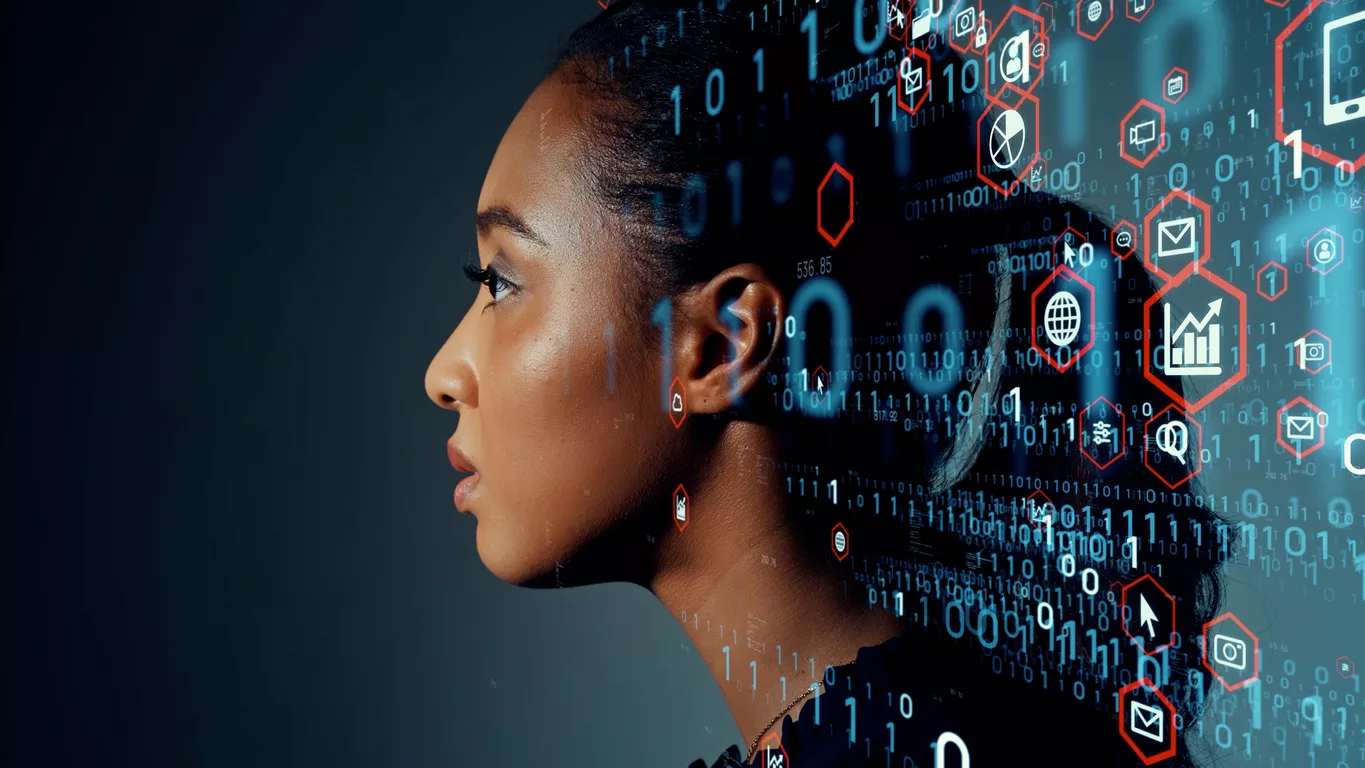When you’re building a model or algorithm, it’s important to conduct multiple iterations and tests in order to make sure that your model is correct. This is typically done by running the model on different sets of data, known as “cross validation.” In this article, we will explore what cross validation is and how you can use it to improve your machine learning models. By understanding cross validation, you’ll be able to build models that are more accurate and reliable.
What is Cross Validation in Machine Learning?
Cross validation is a supervised learning procedure used to improve the generalization power of a model. The aim of cross validation is to find a set of training data that most closely corresponds to the desired target population. This set is then used to train the model, and the error between the predicted value for the target instance and the actual value is evaluated on this set of data. The process is repeated until convergence occurs, at which point any changes made to the training data are likely to result in improved predictions for new instances.
The Advantages of Cross Validation in Machine Learning
Cross-validation is a machine learning technique that enhances the accuracy of predictions made using a model. While training the model on a set of data, you can also perform validation iterations on subsets of the data to check for accuracy. If the validation sets are sufficiently diverse, then the model should be able to generalize well to new data.
If you only use a small number of samples (or if your data is not sufficiently diverse) during training, then you may not be able to produce accurate predictions. Cross-validation aids in determining which features are crucial for predicting outcomes and which features require improvement.
Another advantage of cross validation is that it allows you to find errors in your models early on. If you make an incorrect prediction, you can pinpoint the error’s location. You can rectify it before making another attempt with additional data. This prevents your models from becoming too complex or inaccurate over time.
How to perform Cross Validation in Machine Learning?
Machine learning commonly employs cross-validation as a technique to guarantee the accuracy of a model’s predictions. It involves testing the model’s predictions on a dataset distinct from the one used for training. This practice ensures the model’s impartiality and its ability to make accurate predictions on new data.
To cross validate a model, you first need to create a training dataset and a test dataset. The training dataset should be similar to the test dataset. However, it should have at least one variable that is not representative of the other two datasets. You then use the training dataset to train your model and predict values for the test dataset. You iterate through this process until your model correctly predicts each variable in the training dataset on at least 80% of occasions. After you have completed cross validation, you can use the results to improve your model.
Why Cross Validation is important in machine learning?
Cross validation is a technique in machine learning that helps to ensure the accuracy of predictions made by a model. The goal of cross validation is to find a set of data points that best represents the true underlying distribution of observations. We repeat this process with various data sets and assess the model’s performance on each set to determine which one offers the best fit.
By repeating this process, we can minimize the chances that our model will make false predictions based on spurious patterns in our training data. Cross validation also allows us to iterate over different models and strategies until we find one that produces accurate predictions.
Overall, cross validation is an important step in machine learning because it helps us to ensure that our predictions are accurate.
Conclusion
Cross validation is an important step in machine learning that helps to ensure the accuracy of a model. It requires training the model on datasets that differ from the actual dataset used for prediction. This helps to reduce the risk of overfitting the model. It also allows us to test our hypotheses about how the model behaves on new data sets before we use them to make predictions.





